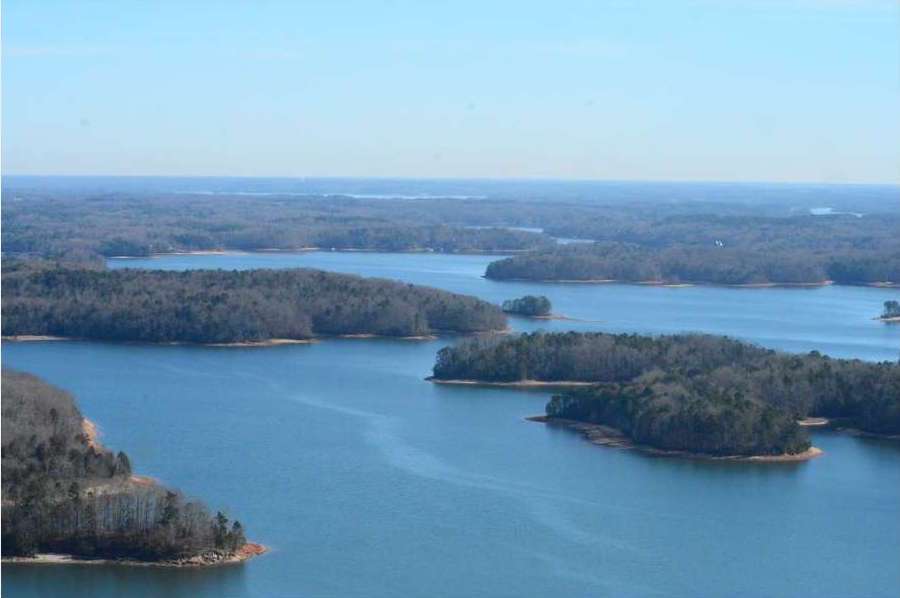
We’re going to talk a little bit this week about what I call the myth of deep winter bass. There’s no doubt that when winter first starts bass move deep. We all know that. Unfortunately, for a lot of anglers that’s all there is to winter bass fishing. They find the deepest part of the lake and drag a jig until spring. And, they catch a few.
What they don’t take into consideration, however, is that the bass don’t stay down there that long. What happens is that at some point — not all that long into the winter — the water on top gets colder than the water below it. It drops, and when that happens the warmer deep water is forced towards the top. In effect the upper layers of water become warmer than the water at the bottom.
This movement is similar to the fall turnover, but it’s not the same. It happens later in the year and for the most part doesn’t foul the water. Its clarity stays about the same.
While this is happening the baitfish are starting to move up to take advantage of what little warmth there is in the lake. That’s especially true for threadfin shad, one of the most common baitfish around the country, because they are super sensitive to cold water.
There have been times when I’ve searched hundreds of acres of water on some reservoirs in the winter without seeing one baitfish and then finding them all in one small area back in a creek or in a canal.
The bass follow them and typically suspend under them. That’s one reason why deep diving jerkbaits are so popular in the late winter and early spring. They drop down a ways but stay up off the bottom.
Another example of what I’m talking about happens when the guys fish the float-and-fly in some of the legendary smallmouth waters in our country. Most of these lakes are deep and clear. Nevertheless, as the winter wears along anglers shorten their leaders. They often fish their flies 8 or 9 feet deep over 40 or 50 feet of water. They know the smallmouth are moving up in the water column because the water is warmer near the top and because that’s where the food is holding.
Now, understand that when I’m talking about all of this I’m talking about relatively small changes in temperature. In most places the temperature difference between the surface water and the deepest water will be no more than 2 degrees. But the thing is, that’s enough to create the baitfish and bass movement.
So here’s the deal: Don’t think that dragging a jig on the bottom at the deepest point in your local lake is the only option you have between now and spring. You’ll catch a few doing that, for sure. But you’ll catch a lot more if you think about finding the baitfish in warmer, shallower water and fish at their depth.
Next time I’m going to give you my thinking on where bass really live. Yeah, I know they live in the water. But where in the water?

